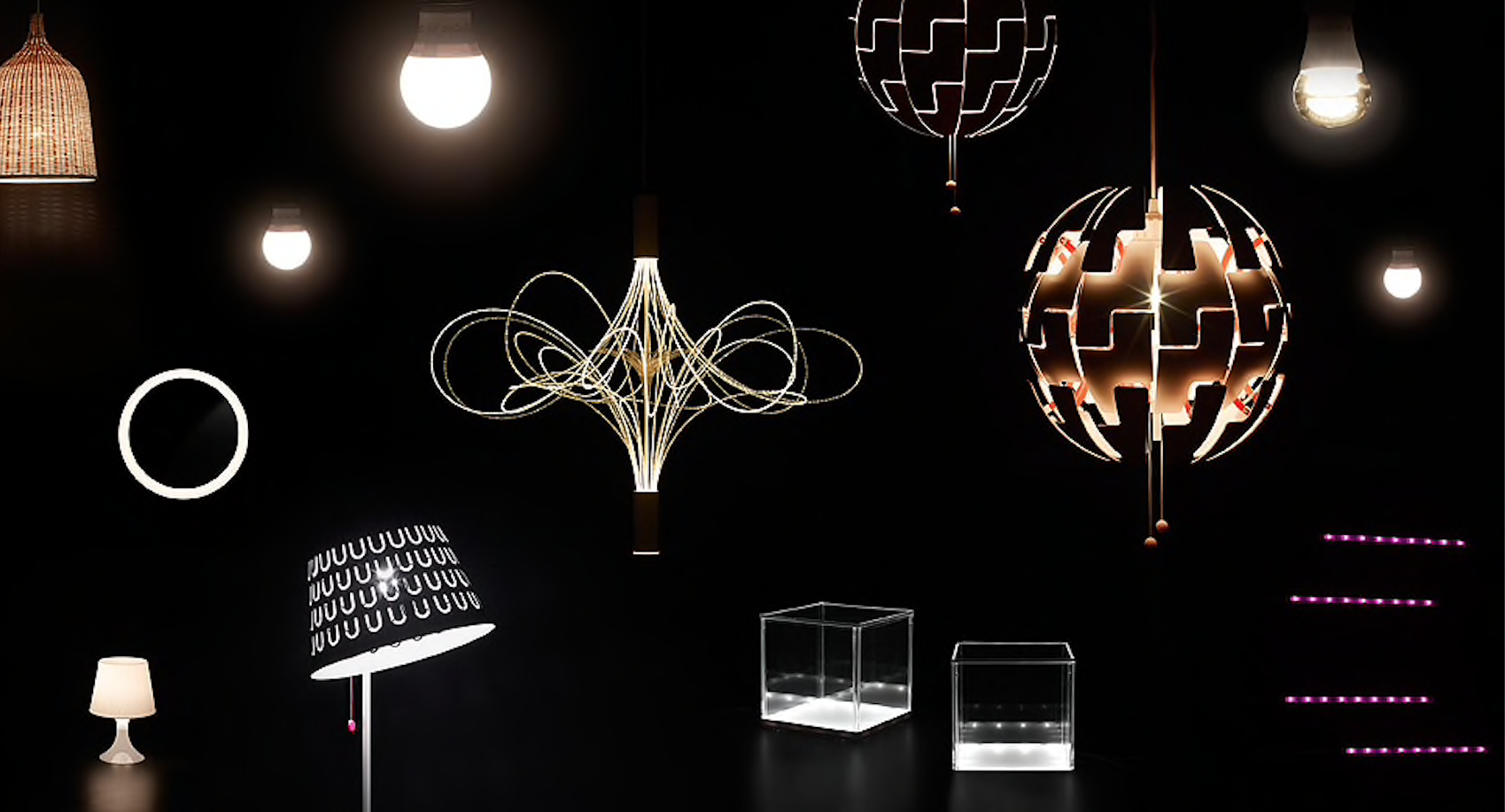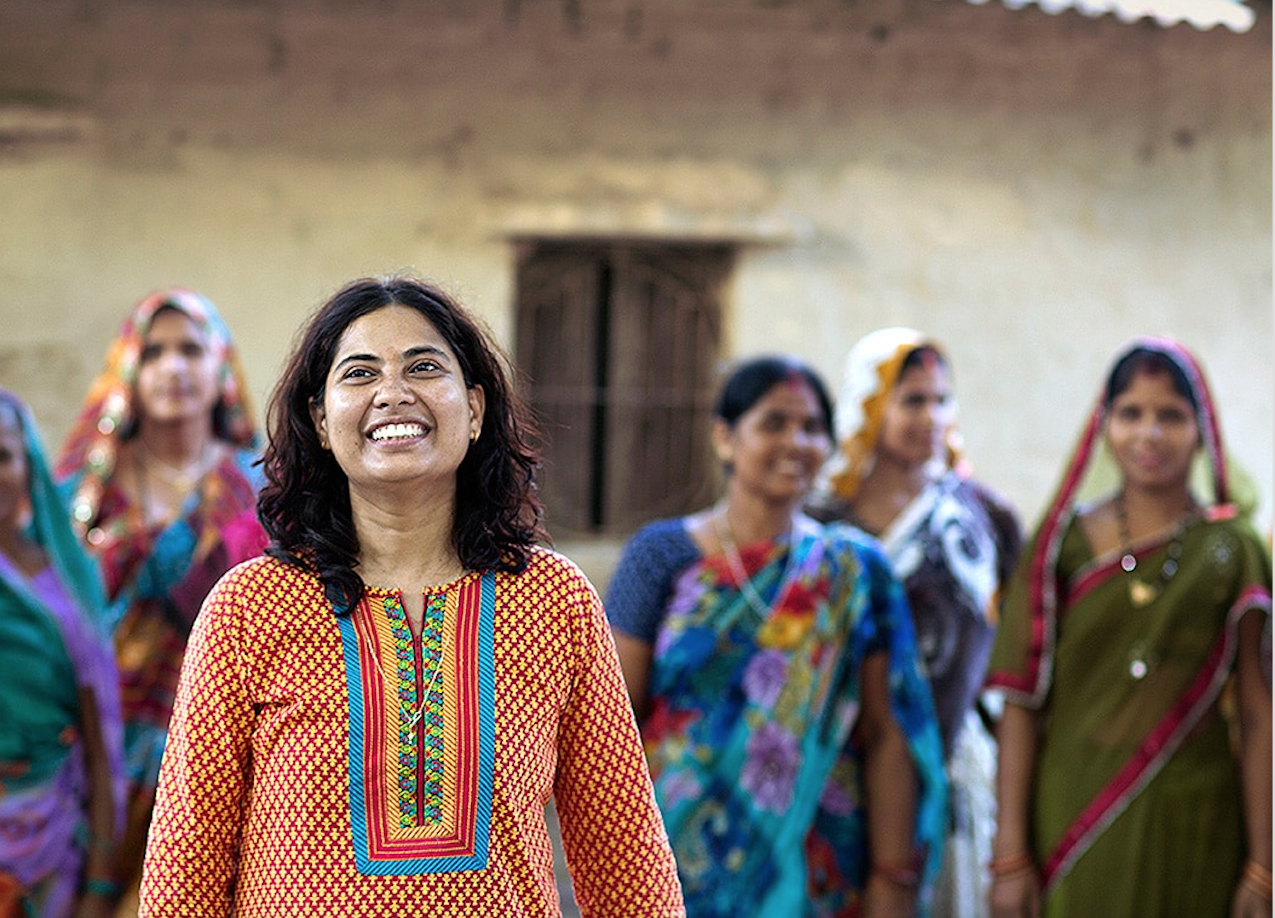Project Description

A force for good design
CLIENT: IKEA
PUBLISHED: IKEA Our Year website 2016
ORIGINAL ARTICLE: A force for good design
CREATED: December 2017
AUTHOR: Daniel Dasey
A long, long time ago in a galaxy far, far away, David Wahl was given a mission…
IKEA designer, David, was asked to produce a unique object that could defeat the darkness in homes across the planet, bringing light and hope to the many. The result was the IKEA PS Pendant lamp: A planet-like lighting fixture that ‘explodes’ at the pull of a string, spilling warm, glorious light across surrounding spaces.
The lamp has gone on to win fans across the world as well as a prestigious Red Dot design award. David confides that he used IKEA’s own version of ‘The Force’ during the long and challenging design process. “At IKEA we have an approach called Democratic Design, where every product we make needs to succeed in terms of form, function, sustainability, quality and price,” he says. “It’s a way of ensuring that we bring high-quality design to the many.”
While the IKEA PS Pendant had a beautiful form from the start, David says he had to work hard to make sure it met the other aspects of Democratic Design, including affordability. “I actually originally thought the lamp might be too expensive to produce,” he admits. “But by working closely with the supplier, we were able to reduce the number of parts and improve the packaging, construction and assembly. In the end the price was actually lower than I expected.” Once again, the forces of good had prevailed!
Invisible to most customers, Democratic Design is something that links all of the IKEA products, from the smallest teaspoon right through to the largest sofa or kitchen bench top. As Design Manager Marcus Engman explains, “At IKEA, we don’t just make things. We make things better. The five dimensions of Democratic Design are our working method to ensure that this really happens.”
Marcus explains the functional aspect of Democratic Design means that objects need to make life easier and more meaningful for the customer. Just as important is form, meaning objects must make the world a brighter place. Quality is also crucial, and products must be able to last and to age gracefully.
Another aspect to Democratic Design is sustainability, and all IKEA designs must reflect the policy of reducing impacts and improving the planet. Finally, an object must be affordable and accessible to a wide range of people, not just a lucky few.
“We must always think differently and try to exceed our own expectations,” Marcus explains. “We should always be at the forefront when it comes to design, functionality, built-in sustainability, good quality and an affordable price – but not at any price.” Marcus explains that a sustainable supply chain and fair working conditions are more important than maximizing profits. “These values, which govern everything we do and the way we do it, create a platform for the IKEA business to constantly grow through its own ability rather than to adapt to what our competitors are doing.”
The MÅLA collection from Children’s IKEA is another example of Democratic Design at work. Designers Sarah Fager and Camilla Tubertini created pens, brushes, paint, stamps and a pair of scissors to help children express their creativity. “At one point, we had discussions about a pen with dual colour tips,” says Sarah. “We thought that a pen with both a narrower and a thicker tip would facilitate and encourage drawing. But we couldn’t offer this product at a sufficiently low price. So, we decided to remove one of the tips to get the price down and thereby making the product available to many more people.”
Meeting the five requirements of Democratic Design isn’t always easy, but it’s worth the effort. As a wise old warrior from a galaxy far away once told the company’s designers: “Do or do not. There is no try.”
5 quick questions with David Wahl, Designer of the IKEA PS Pendant Lampheader line
The IKEA PS Pendant is a really unique looking lamp. Where did the inspiration come from?
“I have always enjoyed science fiction films and playing video games, and the idea for the shape really came from there. I also noticed that in movies like Star Trek and Star Wars and games like StarCraft, that all spacecrafts had this very complex surface pattern on them with lots of different square shapes and tubes and pipes. That really inspired the overall look.”
What’s the most satisfying thing about seeing the lamp on the shelves?
“The best thing is seeing that customers like something that you worked hard on. They want to take it into their home and have it where they live. I think that’s a real honour.”
Is it true that some people are personalising the lamps?
“Sometimes you get emails from people that are modifying the lamps in different ways – which by the way is not something that’s encouraged from a safety point of view. But they add small electric motors and make apps in the phone so that you can control light intensity and open and close with an interface. Some people modify them to look like Death Stars, and someone else made theirs look like the Earth, which is kind of apocalyptic when you see it open up!”
What role did Democratic Design play?
“When you’re designing IKEA products you always have the five aspects of democratic design in mind: form, function, sustainability, quality and price. As you work on a design, you tick off those different requirements as you go along. If the form isn’t good enough then it won’t do, the same if the price is too high, and so on. When you finally achieve all five, then you know that the product will be excellent.”
What sort of people enjoy it?
“It’s funny because a lot of colleagues thought that the lamp would only appeal to a narrow group of customers because its design is quite geeky and edgy. But most of the emails I receive are from mums who have bought it for their own rooms, or dads who have bought it for their daughters, or couples who have bought it for their hallway. So, all kinds of people appreciate it.”



